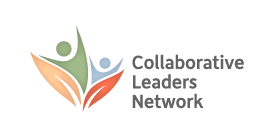In this stage, the group process is explained, the proposed project is presented, and every effort is made to put and keep control of the process in the hands of the community.
This stage covers at least the first meeting, and possibly more. The basic goals are to:
- Orient the group to the protocols that will govern the collaboration.
- Provide information about the broader context of this initiative, both by presenting and responding to questions.
- Discuss the “whys” of the project: why necessary, why now, why here? The start of the formal meeting incorporates some fundamental elements:
- Thanks to the participants for coming
- Feedback on what was gleaned from the walkabout
- An explanation of what the sponsoring organization is trying to do
- A description of the five-part Community Engagement Protocol
- A preliminary discussion about givebacks
- A presentation on the organization’s proposed project
- A commitment to obtaining answers by the next meeting to questions that could not yet be answered
Around this stage, the process design team spends time between each meeting discussing how the process is going and how it should move forward.
To put and keep control of the process in the hands of the community, the protocol — including choice of facilitator, agenda, place, and time — is reviewed and discussed at each meeting.
